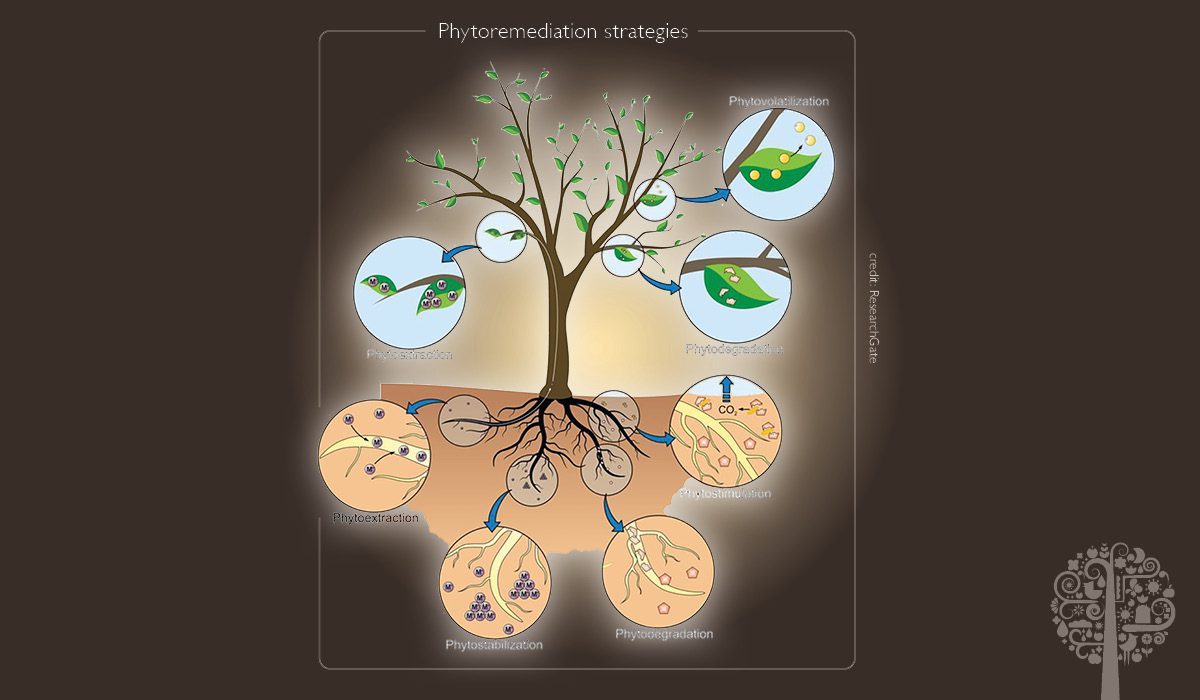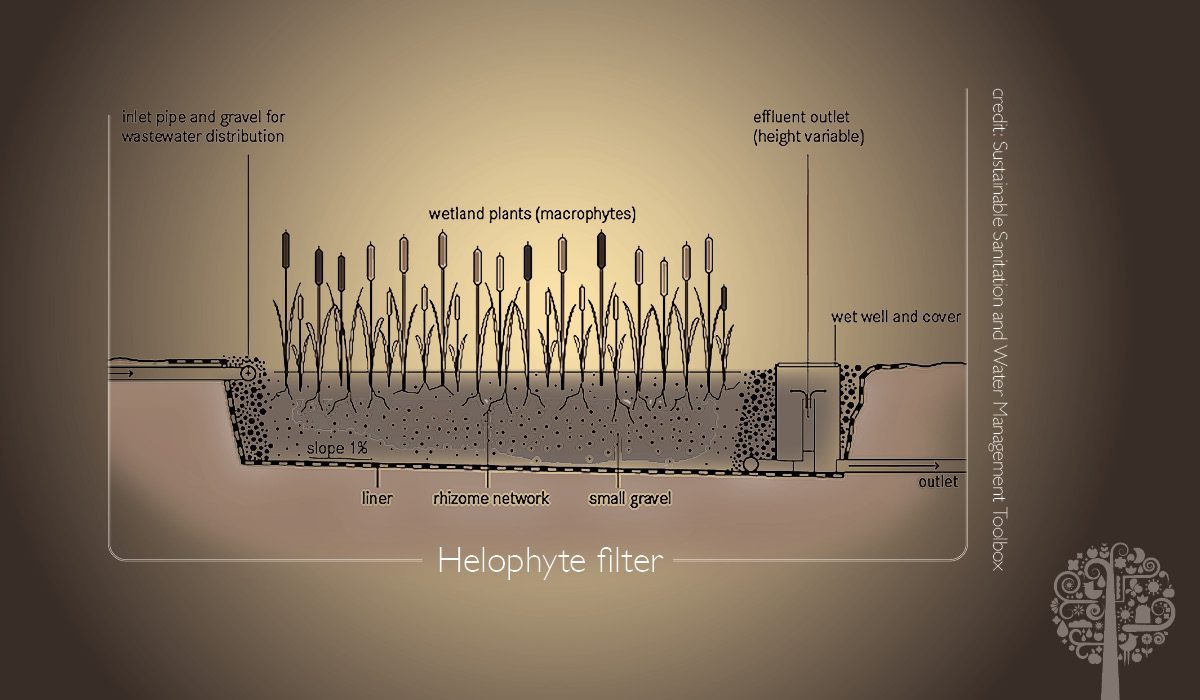Heavy Metals, Bioaccumulation, and Bioremediation
Heavy metals are a significant source of environmental pollution. While they do occur naturally, the large quantities that contaminate the environment are more often than not anthropogenic in origin; they result from human activities. Like many pollutants, they can build up in the food chain to levels that are toxic to all animals, humans especially so. Plants can be put to work ‘soaking up’ heavy metals in a process called bioremediation, but is it a desire to fix the planet that’s driving this technology or something more sinister?
Heavy Metal Poisoning
Several heavy metals are essential to plants and animals alike. Without iron, manganese, molybdenum, copper, zinc, nickel, and cobalt, plants can’t complete their life cycle. Others like lead, mercury and arsenic are exceptionally toxic.
Metal ions bond with other molecules to form new proteins and other compounds through the chelation process. Many of these are essential elements of photosynthesis. Still, this chelation process can cause significant damage where metals form poisonous compounds or break down healthy proteins crucial to life.
Bioaccumulation
Bioaccumulation is the gradual build-up over time of a chemical in an organism. In the case of plants, they can soak up these substances faster than they’re able to expel them.
Phosphate ions are particularly inclined to bond with metal ions. Plants use so much phosphorous; the heavy metals that once spread out throughout the soil now accumulate in the plant. These levels are potentially further elevated when many plants are brought together to be processed into a single product.
Pollution
Oil spills often make the news, most people are aware of the frightening scale of plastics polluting the oceans, and we’ve all (hopefully!) heard of the Chernobyl nuclear disaster. But how many people consider everyday waste management or the centuries of rubbish and pollution that we buried or left when we, for the most part, didn’t know any better?
It’s easy to imagine pollution being the fault of faceless corporations cutting corners to increase their profit margins – which they undoubtedly do! But that narrative fails to consider just how much waste we all generate on a day-to-day basis. Effective, long-term solutions to the global pollution problem have to take this into account.
Bioremediation
Bioremediation turns the potential problem of bioaccumulation into a solution. Using plants and microorganisms that bioaccumulate can extract heavy metals and other pollutants from the environment, in both the case of everyday waste and a disaster on the scale of Chernobyl.
Greener city initiatives aim to grow more plants in urban areas to clean the air, particularly around highly congested roads where idling cars produce frighteningly high levels of toxic gases. This is a relatively new practice, though. Although it’s an encouraging move in the right direction, there’s still a lot of work to be done to correctly document and refine its effectiveness concerning air pollution.
Some people argue that increasing the number of plants in an urban environment merely gives the illusion of a cleaner city. They’re yet to be definitively proven wrong. However, we all feel better for being around plants as they produce oxygen, which we cannot live without.
Phytoremediation
Microbial bioremediation has been in use for decades, predominantly to clean contaminated soil and groundwater. Phytoremediation – specifically, the use of plants to manage pollutants – is a relatively newer set of technologies, though.

In using the plants themselves, some phytoremediation techniques utilize the symbiotic relationship between plants and microorganisms that live in the soil. Compared to alternative methods, phytoremediation is generally cheaper, more effective where the contamination level is relatively low and significantly better for the environment.
Techniques
Phytodegradation and phytovolatilization use plants to break down organic pollutants, which are then either metabolized or released into the air in a less harmful form. Phytostimulation uses plants to supply nutrients to microorganisms in the rhizosphere, which breaks down organic pollutants. Phytostabilisation uses plants to immobilize contaminants, making them less available to other plants, such as food crops.

Finally, phytoextraction uses hyperaccumulator plants to remove pollutants, particularly heavy metals, which are then stored in the roots or body of the plant. This is the most popular technique from a commercial perspective because it allows the pollutants to be extracted and reused.
Money, Money, Money
Metals are a definitively valuable commodity. The more we extract from the earth, the less we have in store, and the higher the value goes. Heavy metals, in particular, buck the trend of our newfound desire to be kinder to the planet. Nearly four billion people on the earth have a smartphone, all of which contain precious metals, as do the batteries in electric cars.
Mining them is an incredibly destructive process, with shockingly small amounts being extracted relative to the size and scope of the mines they come from and the amount of pollution they generate. Amongst that pollution is the very same heavy metals that bioremediation seeks to extract from the environment.
Stranger still, asteroid mining isn’t a pie-in-the-sky concept anymore; significant sums of money are already going into making it a reality. They’re after metals over everything else. It’s essential to keep all this in mind when discussing bioremediation; for all that we want to improve the planet and fix past mistakes, the market economy continues to win out over our good intentions. That’s not to say it isn’t a worthwhile science with an enormous potential for good. As ever, it’s a question of how we choose to use it.




